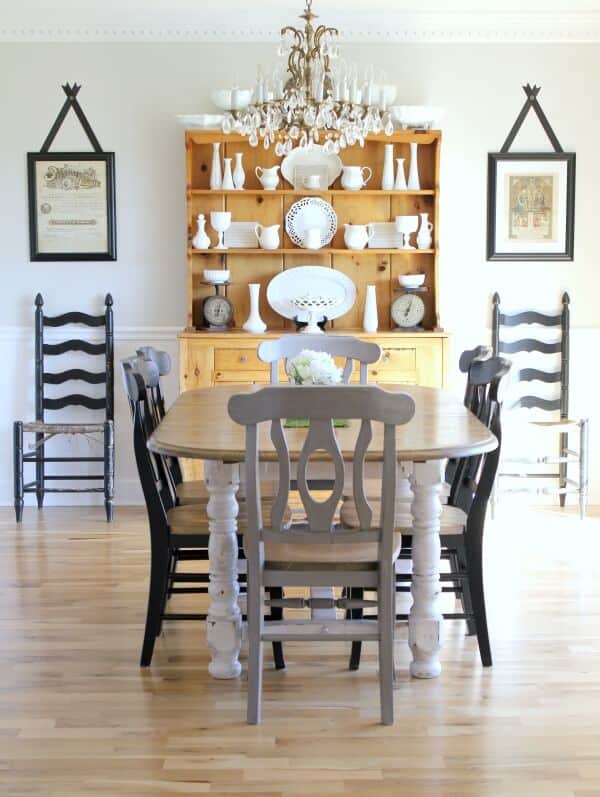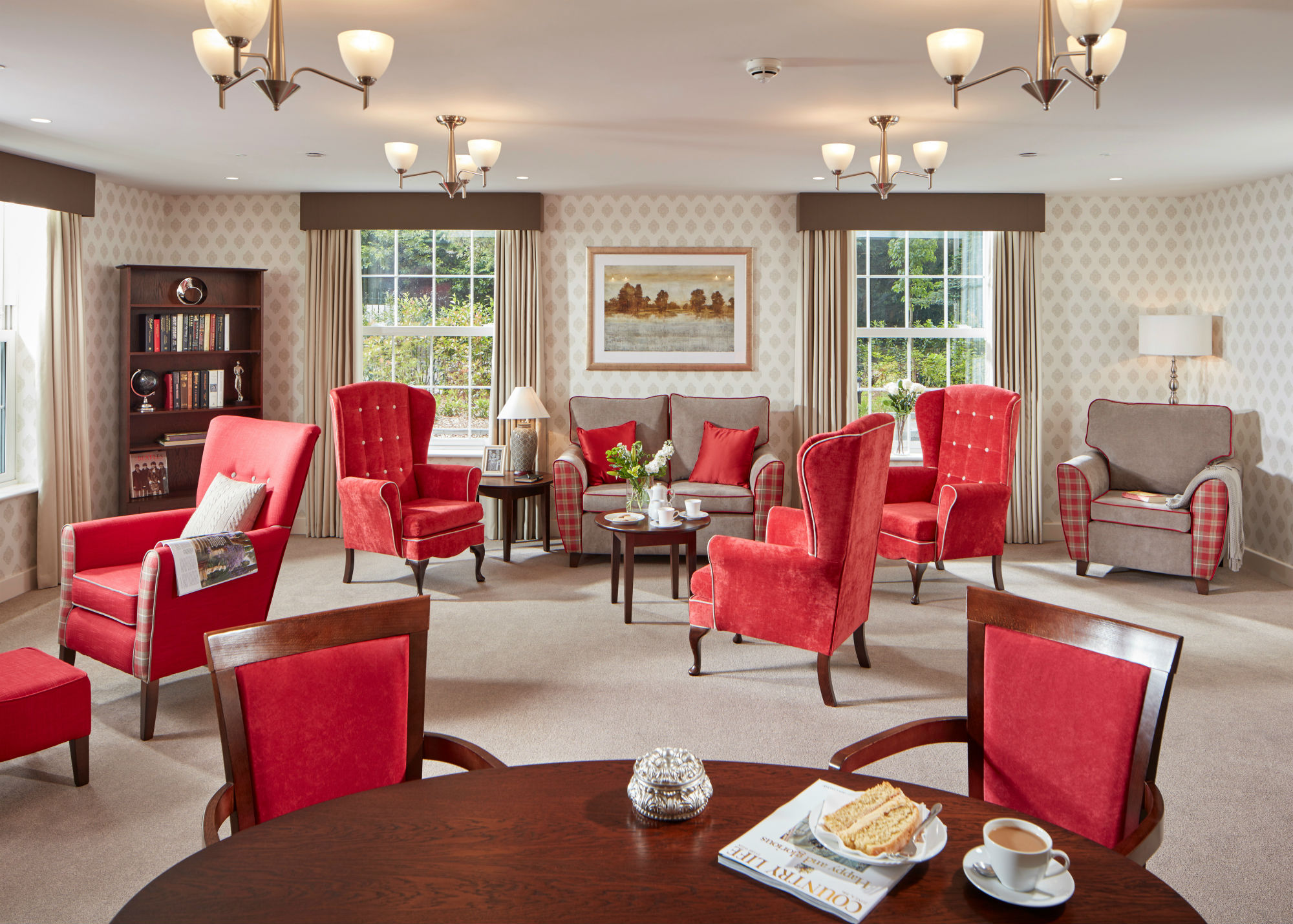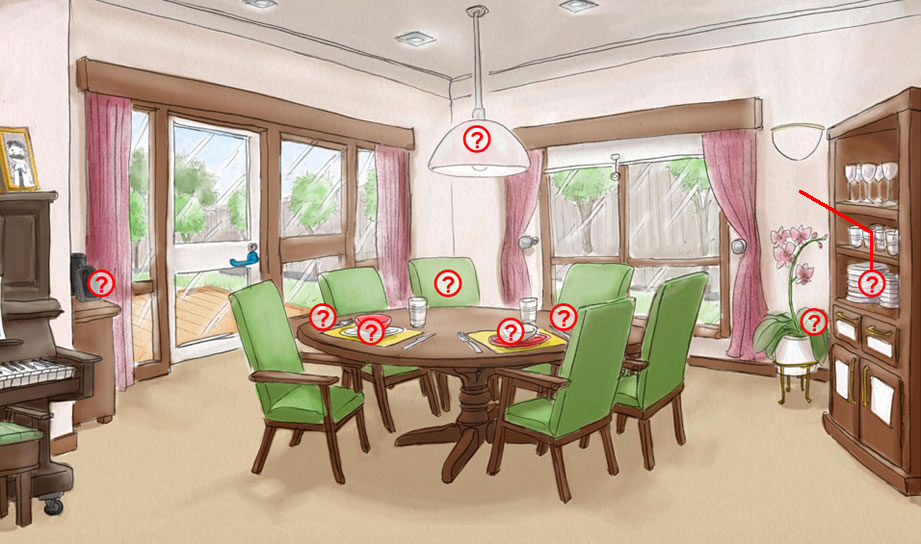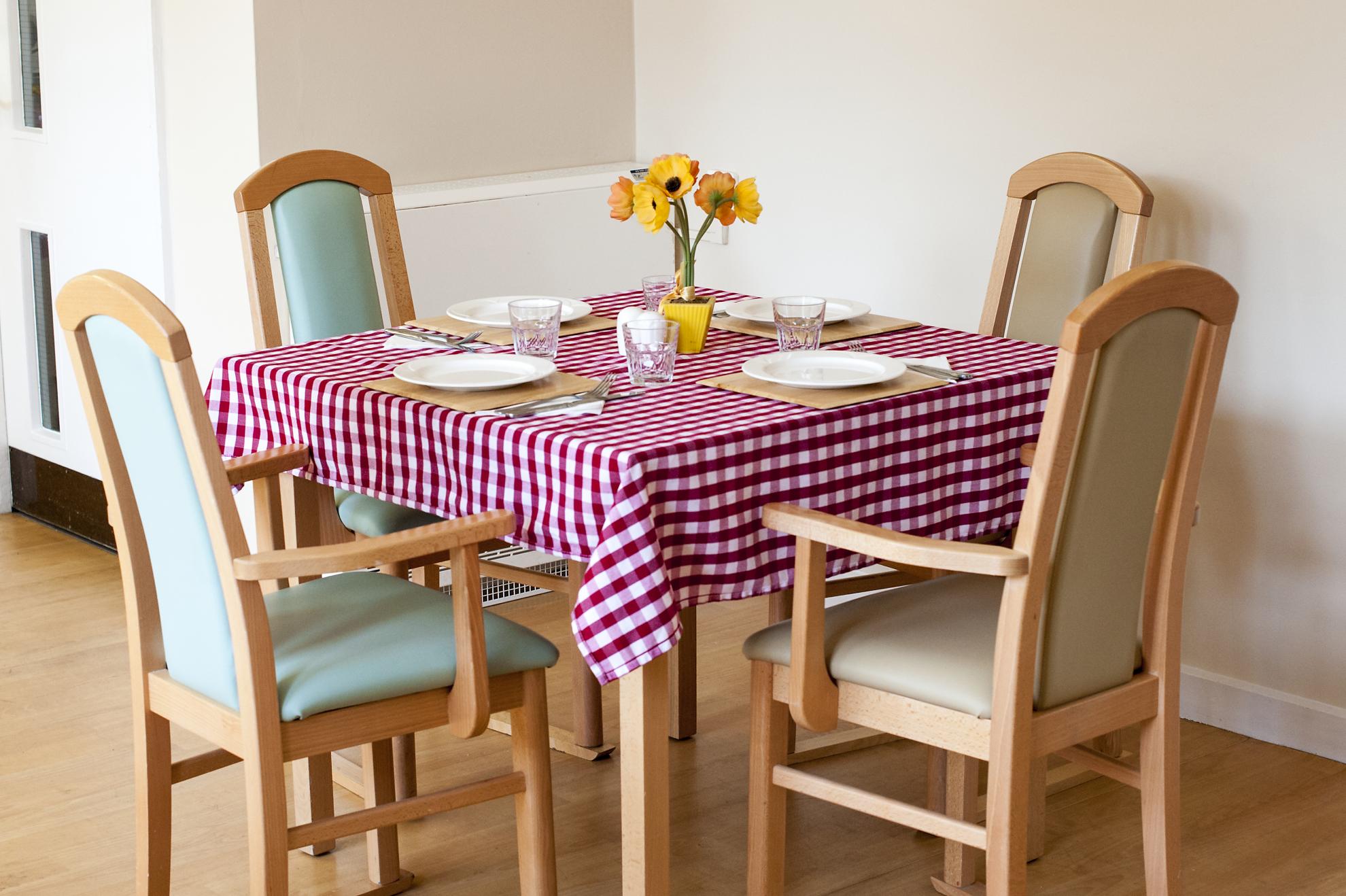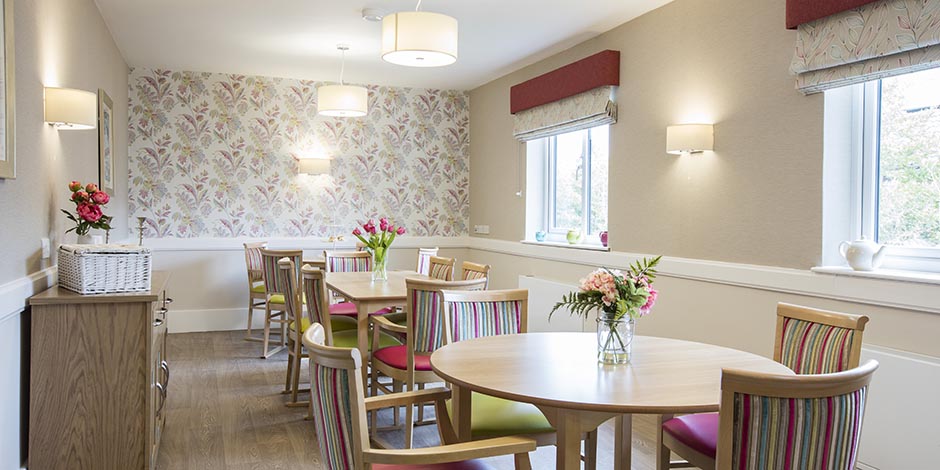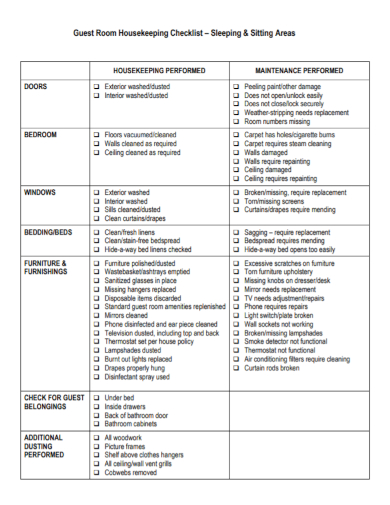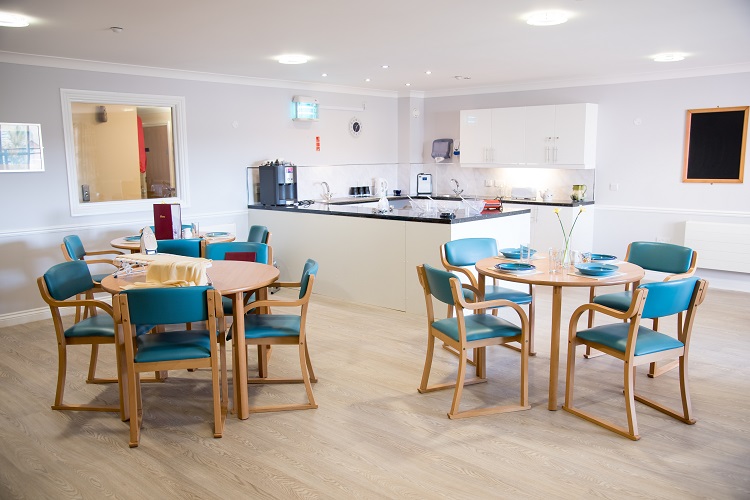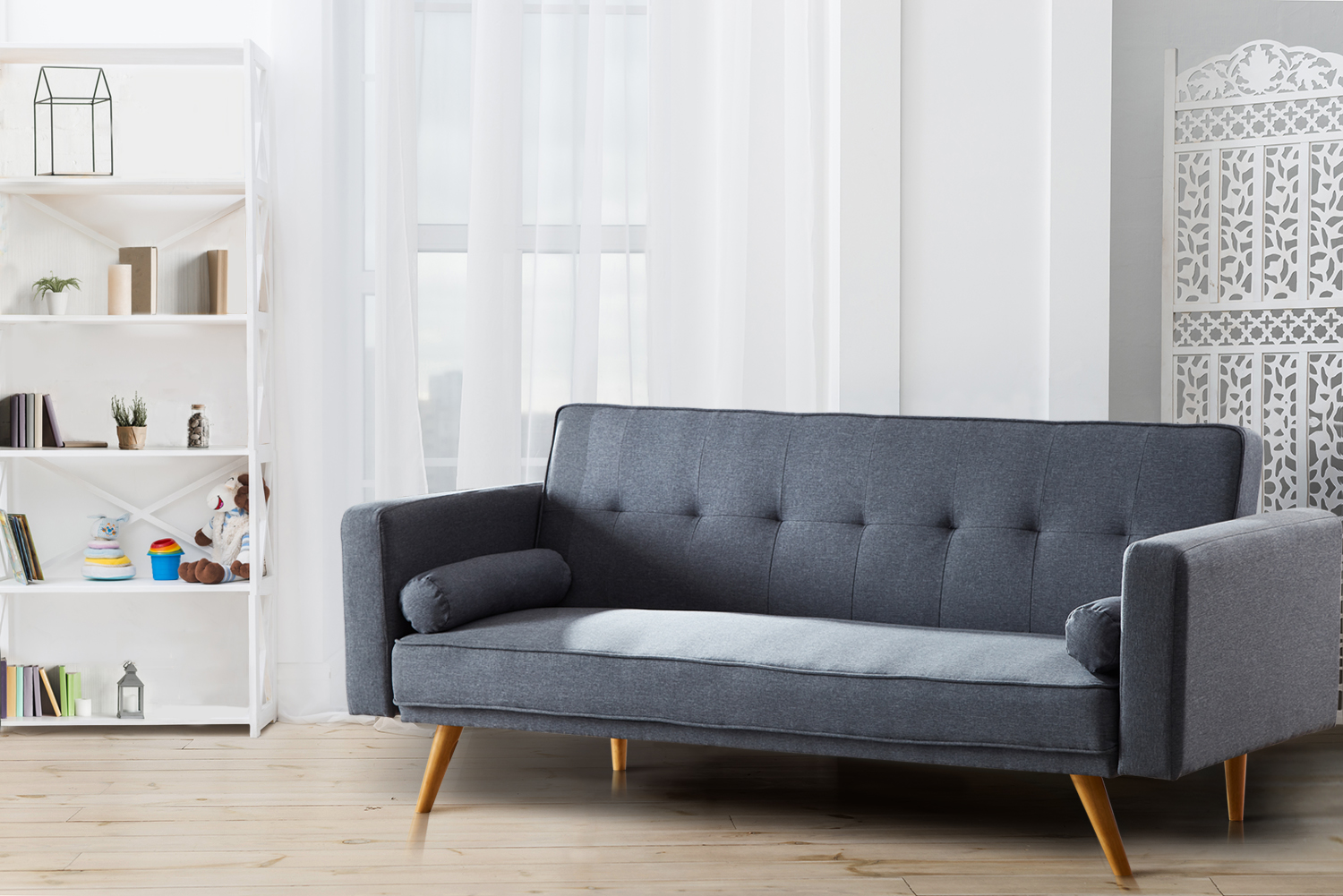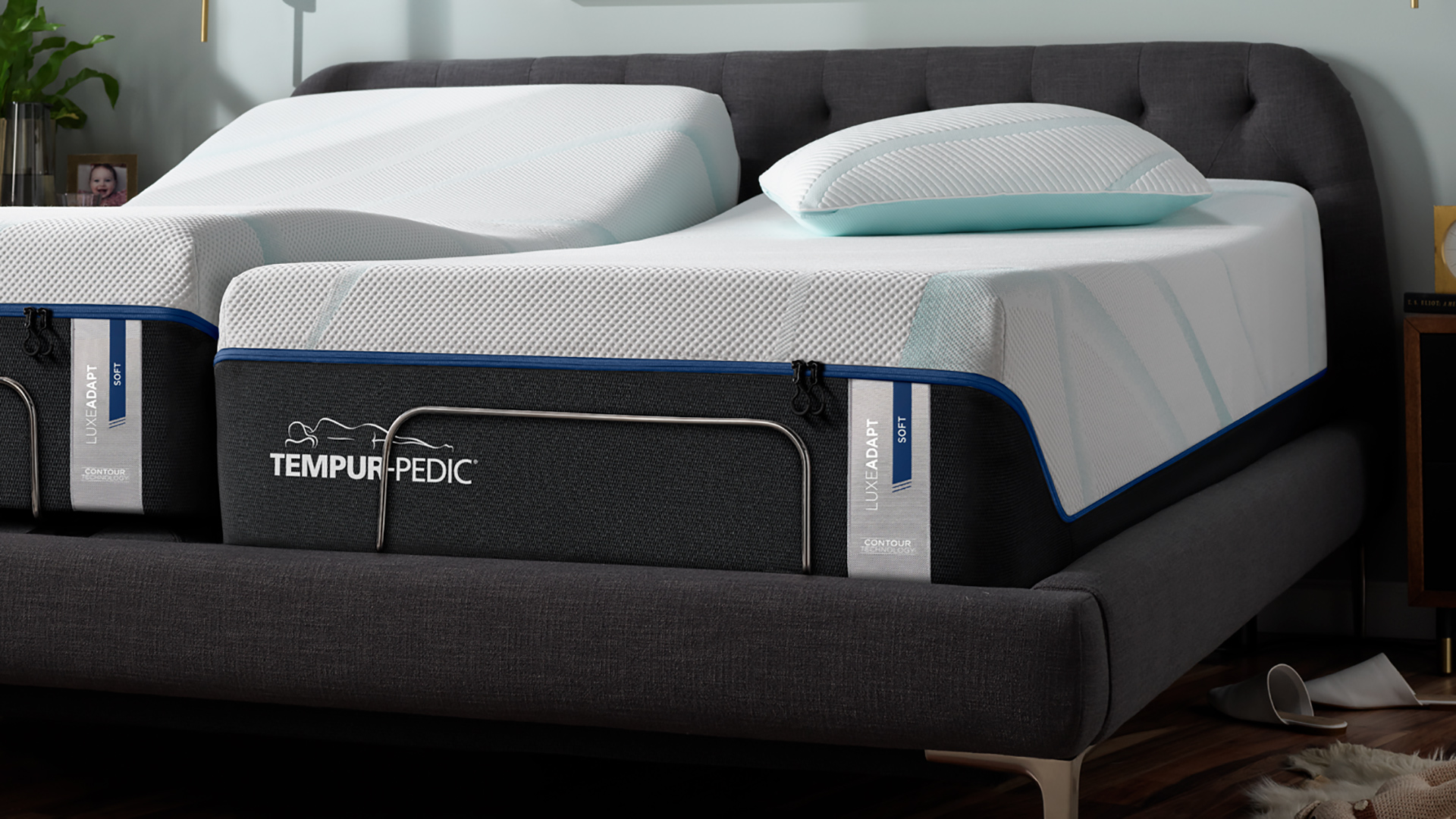When designing a dementia friendly dining room, it is important to consider the specific needs and challenges of those with dementia. This not only includes the physical layout and accessibility of the space, but also the use of colors, lighting, and furniture to create a safe and comfortable environment. Key features to consider: comfort, safety, accessibility, familiarity. One of the main goals of a dementia friendly dining room design is to create a space that is comfortable and familiar for those with dementia. This can help reduce confusion and disorientation, and promote a sense of calm and well-being. To achieve this, it is important to choose furniture and decor that is familiar and reminiscent of past experiences, such as traditional dining tables and chairs. Dementia Friendly Dining Room Design
There are many creative and innovative ideas for designing a dementia friendly dining room. One idea is to use contrasting colors for the walls and furniture to help with depth perception and visual cues. For example, using a dark tablecloth on a light table, or adding colorful placemats and dishes can make it easier for individuals with dementia to see their food and utensils. Other ideas to consider: memory aids, calming elements, personalization. Memory aids can also be incorporated into the dining room design, such as using picture menus or labeling drawers and cabinets to help individuals with dementia easily find what they need. Calming elements, such as soft lighting or nature-inspired decor, can also help create a soothing atmosphere. Personalization, such as displaying family photos or keepsakes, can also help individuals feel more at home and connected to their surroundings. Dementia Friendly Dining Room Ideas
The layout of a dementia friendly dining room should be simple and easy to navigate. This can help reduce confusion and frustration for individuals with dementia. It is also important to have clear pathways and plenty of space between furniture to accommodate mobility aids or wheelchairs. Considerations for the layout: clear sightlines, accessibility, safety, functionality. Clear sightlines are important in a dementia friendly dining room, as individuals with dementia may become easily disoriented or distracted. This can be achieved by avoiding clutter and unnecessary objects in the space. Accessibility is also key, with wide doorways and hallways, and easy-to-reach shelves and cabinets. Safety should also be a top priority, with non-slip flooring and secure furniture. Finally, functionality should be considered, with easy-to-use utensils and dishes, and a layout that allows for efficient meal preparation and service. Dementia Friendly Dining Room Layout
The furniture chosen for a dementia friendly dining room should be comfortable, familiar, and safe. Tables and chairs should be sturdy and easy to move, with armrests and cushions for added support. Avoid furniture with sharp corners or intricate designs that can be confusing or disorienting for individuals with dementia. Some furniture options to consider: high-back chairs, non-slip mats, adaptive utensils. High-back chairs can provide added support and comfort for individuals with dementia, making it easier for them to sit and stand. Non-slip mats can also be placed under plates and cups to prevent spills and accidents. Adaptive utensils, such as weighted or curved forks and spoons, can also make it easier for individuals with dementia to eat independently. Dementia Friendly Dining Room Furniture
The decor of a dementia friendly dining room should be calming and familiar, with minimal distractions. This can include using neutral colors and avoiding busy patterns. It is also important to keep the space well-lit, as individuals with dementia may have difficulty seeing in low light. Some decor elements to consider: soft lighting, familiar objects, calming colors. Soft lighting can help create a warm and inviting atmosphere, and may also help reduce agitation and confusion for individuals with dementia. Familiar objects, such as family photos or favorite artwork, can also help individuals feel more connected to their surroundings. Calming colors, such as blues and greens, can also promote a sense of relaxation and well-being. Dementia Friendly Dining Room Decor
Here are some additional tips for creating a dementia friendly dining room: Dementia Friendly Dining Room Tips
To ensure that your dining room is truly dementia friendly, here is a handy checklist: Dementia Friendly Dining Room Checklist
In addition to the key design elements mentioned above, there are some specific features that can make a dining room more dementia friendly. These include: Dementia Friendly Dining Room Features
If you already have a dining room in your home, there are some simple modifications you can make to make it more dementia friendly. These include: Dementia Friendly Dining Room Modifications
Finally, here are some best practices to keep in mind when designing a dementia friendly dining room: Dementia Friendly Dining Room Best Practices
The Importance of a Dementia-Friendly Dining Room
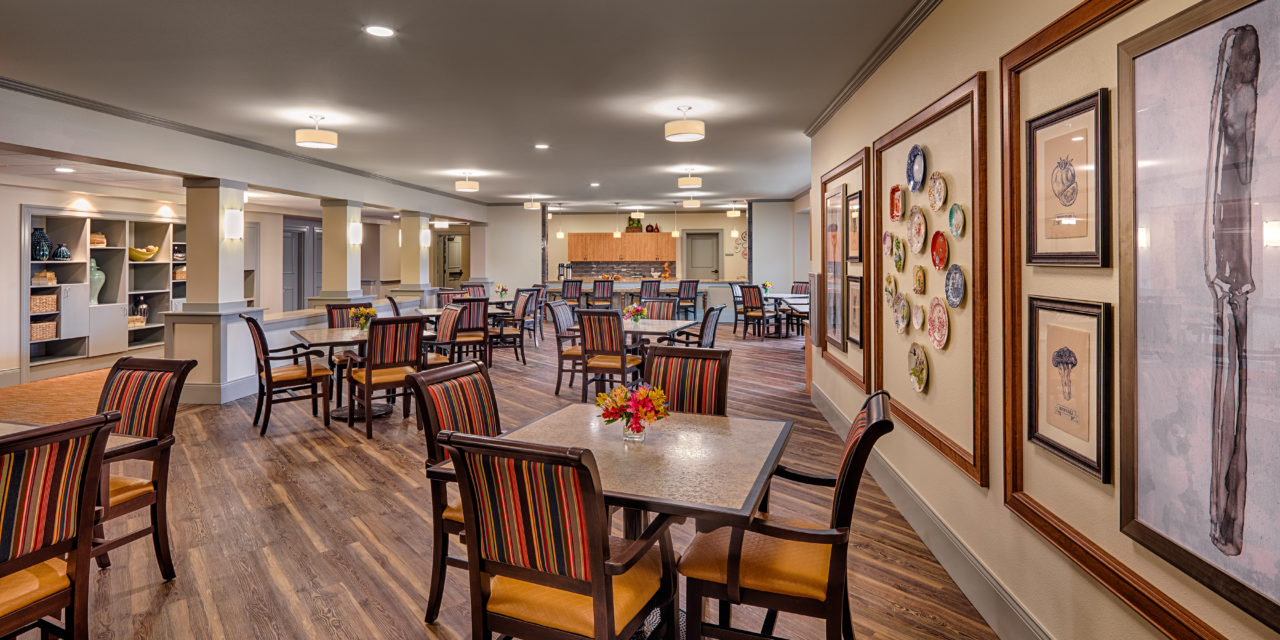
Understanding Dementia
/arc-anglerfish-arc2-prod-shropshirestar-mna.s3.amazonaws.com/public/O73PBWHBRBFRTK7KCCGFJJJLGM.jpg) Dementia is a progressive and debilitating condition that affects millions of people worldwide. It is a general term for a decline in mental ability severe enough to interfere with daily life. The most common type of dementia is Alzheimer's disease, which accounts for 60-80% of cases. Other types include vascular dementia, Lewy body dementia, and frontotemporal dementia. While there is currently no cure for dementia, creating a supportive and comfortable environment can greatly improve the quality of life for those living with the condition.
Dementia is a progressive and debilitating condition that affects millions of people worldwide. It is a general term for a decline in mental ability severe enough to interfere with daily life. The most common type of dementia is Alzheimer's disease, which accounts for 60-80% of cases. Other types include vascular dementia, Lewy body dementia, and frontotemporal dementia. While there is currently no cure for dementia, creating a supportive and comfortable environment can greatly improve the quality of life for those living with the condition.
The Impact of Environment on Dementia
 For people with dementia, changes in the brain can affect their perception and behavior. This includes changes in visual perception, depth perception, and contrast sensitivity, which can make it challenging to navigate and interact with their surroundings. Therefore, creating a safe and accessible environment is crucial in supporting individuals with dementia.
For people with dementia, changes in the brain can affect their perception and behavior. This includes changes in visual perception, depth perception, and contrast sensitivity, which can make it challenging to navigate and interact with their surroundings. Therefore, creating a safe and accessible environment is crucial in supporting individuals with dementia.
The Role of the Dining Room
 The dining room is often the heart of a home, where families and friends gather to share meals and create memories. However, for someone with dementia, the dining room can be a source of confusion and frustration. The combination of bright lights, crowded spaces, and unfamiliar objects can be overwhelming and disorienting. This can lead to behaviors such as agitation, aggression, and disengagement from meals.
The dining room is often the heart of a home, where families and friends gather to share meals and create memories. However, for someone with dementia, the dining room can be a source of confusion and frustration. The combination of bright lights, crowded spaces, and unfamiliar objects can be overwhelming and disorienting. This can lead to behaviors such as agitation, aggression, and disengagement from meals.
Designing a Dementia-Friendly Dining Room
 Creating a dining room that is dementia-friendly involves thoughtful design and consideration of the challenges faced by those with the condition. This includes using soft and natural lighting to reduce glare and shadows, using contrasting colors to help with depth perception, and minimizing clutter to avoid overstimulation. It is also essential to have clear signage and labels to help individuals with dementia navigate the space independently.
Adding a Personal Touch
In addition to the physical design, adding personal touches can make a significant impact on a dementia-friendly dining room. This can include displaying familiar objects, photos, and artwork that can evoke positive memories and provide a sense of comfort. Having a designated area for individuals to engage in activities, such as puzzles or games, can also help promote social interaction and cognitive stimulation.
In Conclusion
Designing a dementia-friendly dining room is essential in creating a safe and supportive environment for individuals with the condition. By understanding the challenges faced by those with dementia and implementing thoughtful design, we can create a space that promotes independence, engagement, and overall well-being. Let us work together to make our dining rooms dementia-friendly and inclusive for all.
Creating a dining room that is dementia-friendly involves thoughtful design and consideration of the challenges faced by those with the condition. This includes using soft and natural lighting to reduce glare and shadows, using contrasting colors to help with depth perception, and minimizing clutter to avoid overstimulation. It is also essential to have clear signage and labels to help individuals with dementia navigate the space independently.
Adding a Personal Touch
In addition to the physical design, adding personal touches can make a significant impact on a dementia-friendly dining room. This can include displaying familiar objects, photos, and artwork that can evoke positive memories and provide a sense of comfort. Having a designated area for individuals to engage in activities, such as puzzles or games, can also help promote social interaction and cognitive stimulation.
In Conclusion
Designing a dementia-friendly dining room is essential in creating a safe and supportive environment for individuals with the condition. By understanding the challenges faced by those with dementia and implementing thoughtful design, we can create a space that promotes independence, engagement, and overall well-being. Let us work together to make our dining rooms dementia-friendly and inclusive for all.

